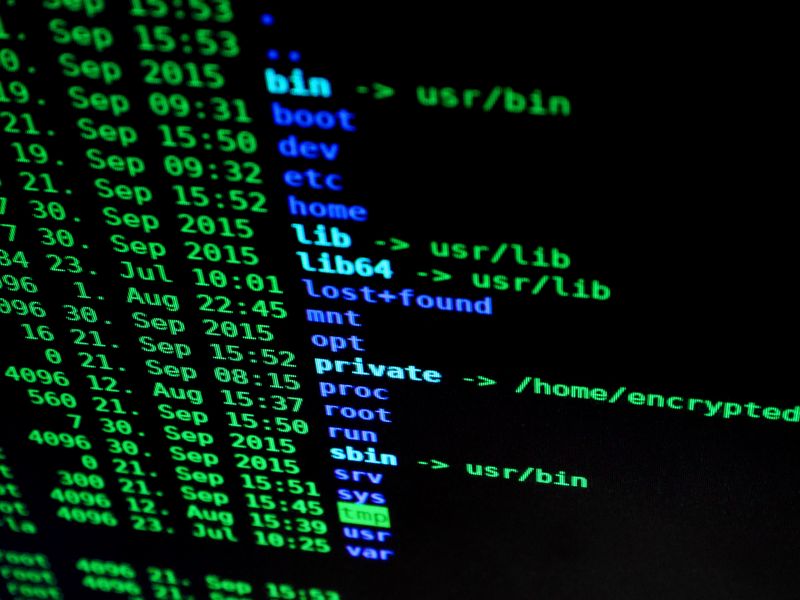Create and Deploying Public Key Infrastructure Made Easier with PKI Maturity Model
The PKI Consortium’s Initiative
The PKI Consortium, consisting of nearly 70 encryption providers and consultancies, has released the first draft of its PKI Maturity Model (PKIMM). This model aims to provide a guidebook of best practices and a playbook for assessments of PKI infrastructure. Roman Cinkais, CEO of data-security consultancy 3Key and chairman of the PKIMM Working Group, states that the initiative’s goal is to improve the security of the internet by making the approach to encryption infrastructure more accessible and effective.
Maturity Models in Cybersecurity
The PKIMM joins the ranks of other maturity models in the cybersecurity space, such as the Building Security In Maturity Model (BSIMM) and the OWASP Software Assurance Maturity Model (OSAMM). These models, inspired by the Capability Maturity Model Integration (CMMI), aim to improve business processes and urge innovation in cybersecurity practices.
While organizations that improve their maturity levels based on these models may become risk-averse and less innovative, they overall exhibit better risk management. Microsoft, in its analysis of the CMMI, highlights that high maturity organizations can respond to unexpected stressors more effectively, while low maturity organizations tend to panic or resort to chaotic measures.
Tackling Inconsistent Cryptography Technologies
The initial draft of the PKIMM primarily targets vendors and service providers seeking to establish and measure their progress towards a specific maturity level. The model assesses organizations across 15 categories using a 5-level scale of maturity. The lowest level represents initial progress, characterized by unpredictability and reactivity, while the highest level symbolizes an optimized state, encompassing proactive approaches and continuous improvement.
Large enterprises, referred to as relying parties, can also utilize the PKI Maturity Model to evaluate service providers’ capabilities and select those that align with their needs. According to Cinkais, this model not only facilitates assessments of an organization’s own implementation but also offers guidance on necessary improvements.
The highest maturity level may not be required for every use case, especially for organizations utilizing PKI infrastructure internally. Cinkais emphasizes that companies should focus on the maturity level that best suits their needs.
Maturity Models: Advantages and Disadvantages
While the PKIMM’s potential as a tool to shape the encryption and certificate industry towards common security goals remains to be seen, effective maturity models provide more than just prescriptive guidance. Gary McGraw, one of the creators of the BSIMM approach, suggests that the best outcome of any maturity model is sparking an arms race for improvement within the industry. He emphasizes the need for data on companies’ actual practices, as demonstrated by the annual report released with the BSIMM approach.
Maturity models specifically tailored to cybersecurity sectors seem to be a growing trend. McGraw notes that while a consolidation of maturity models would be beneficial, there is evidence of movement towards more specific subfield maturity models.
However, it is crucial for companies to foster a culture of innovation and improvement rather than solely focusing on compliance. Microsoft’s analysis of the CMMI warns against the trap of merely achieving a level for the sake of passing an appraisal. The goal of any process improvement activity should be measurable improvement, rather than simply reaching a number.
Editorial: Striving for a More Secure Internet
The introduction of the PKI Maturity Model comes at a time when the vulnerabilities of our digital infrastructure have become increasingly evident. Cyberattacks and data breaches pose significant threats to individuals, businesses, and even governments. In this context, the efforts of the PKI Consortium to establish best practices, encourage industry-wide adoption, and improve the security of the internet overall are commendable.
Public key infrastructure plays a crucial role in ensuring secure communication and the proper functioning of various online services. However, the complexity of deploying and maintaining such infrastructure has posed significant challenges. The PKIMM attempts to address these challenges by providing a comprehensive guidebook and assessment tool.
The success of the PKIMM will depend on its adoption by industry players. Encouragingly, the model aims to be open and inclusive, inviting everyone to utilize its guidance and improve their encryption infrastructure. By aligning practices and raising standards across the encryption industry, we can collectively enhance internet security.
However, it is important to approach maturity models with caution. While they provide frameworks and benchmarks for improvement, they can inadvertently stifle innovation if organizations solely focus on meeting process milestones rather than striving for the overall goal. Companies must maintain a balance between compliance and fostering a culture of continuous innovation and improvement.
Furthermore, it is vital for organizations to recognize that maturity models are not a one-size-fits-all solution. Different levels of maturity may be appropriate depending on the specific needs and use cases of each organization. By understanding their unique requirements, companies can leverage the PKI Maturity Model to assess their current capabilities and identify areas that need improvement.
As we navigate an increasingly interconnected digital landscape, it is crucial to prioritize the security and resilience of our internet infrastructure. The PKI Consortium’s efforts, manifested in the PKIMM, contribute to this collective endeavor. By implementing the best practices outlined in the model and striving for continuous improvement, we can enhance the security of our digital lives and foster a more secure internet for all.

<< photo by NASA >>
The image is for illustrative purposes only and does not depict the actual situation.
You might want to read !
- “Unlocking the Full Potential: Optimizing SIEM Strategies for Enhanced Cybersecurity”
- Expanding the Definition of ‘Endpoint’ to Tackle Cloud Threats
- African Crackdown: Arrests Made and Malicious IPs Seized in Cybercrime Operation
- In Memoriam: Honoring the Visionaries of the Crypto Revolution
- “Securing the Future: Google’s Quantum-Resistant Security Key Implementation”
- Navigating the Cloud: Insights from CISOs on Leadership Challenges in Cloud-based Services
- India Data Protection Bill Approved: Balancing Privacy Concerns with Legislative Imperatives
- CISA Raises Concerns About UEFI Security in Exclusive Report
- Adobe’s Patch Tuesday: Addressing Critical Flaws in InDesign and ColdFusion
- Unveiling the African Cybercrime Network: Law Enforcement Takes Down Operations
- The Future of Cybersecurity M&A: A Deep Dive into the 42 Deals of July 2023
- A Deep Dive into the Code Execution Vulnerability: Analyzing the Impact on 900k MikroTik Devices
- The Escalation of Ransomware Extortion: A Deep Dive into the Soaring $449.1 Million Crisis




